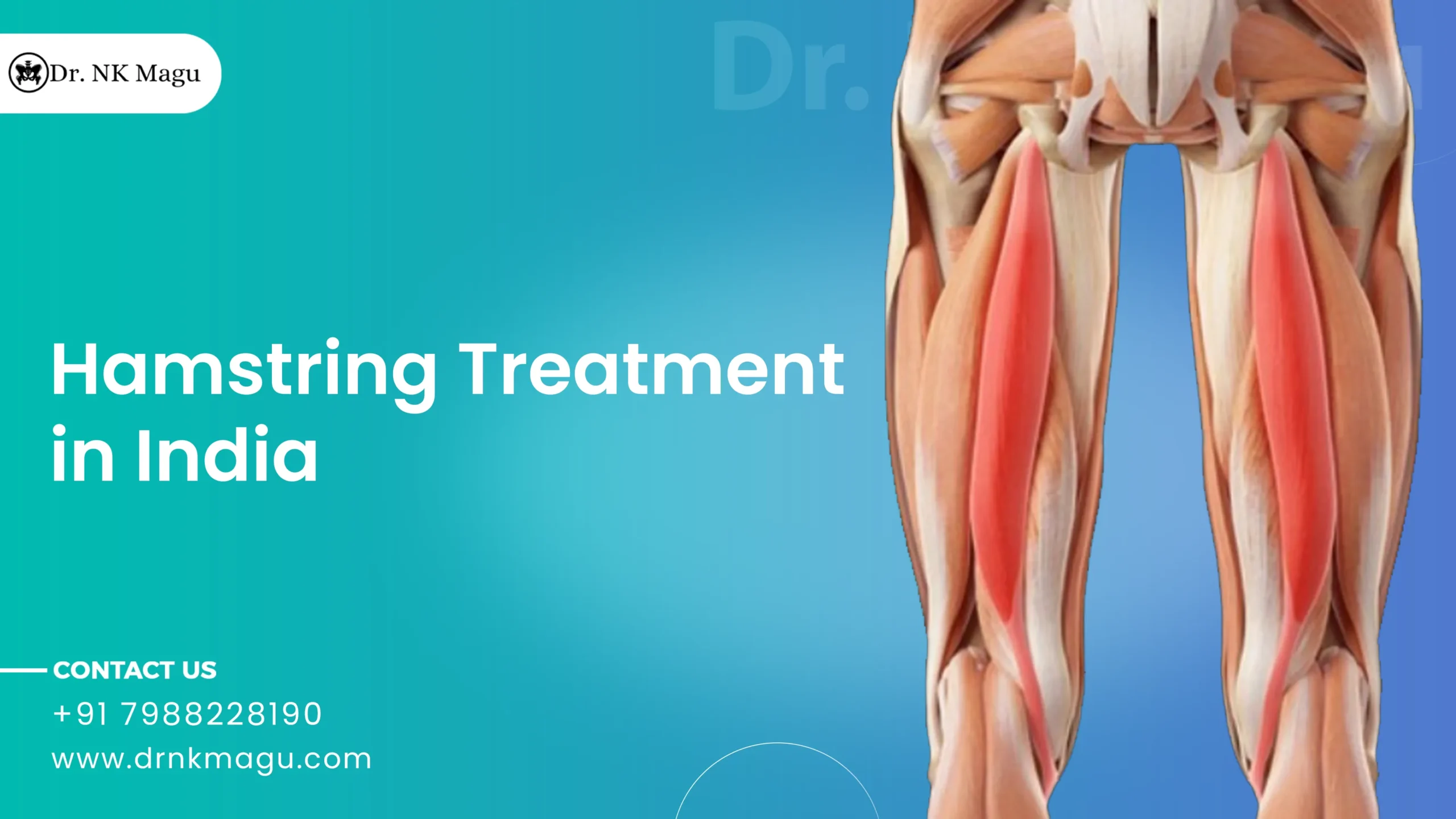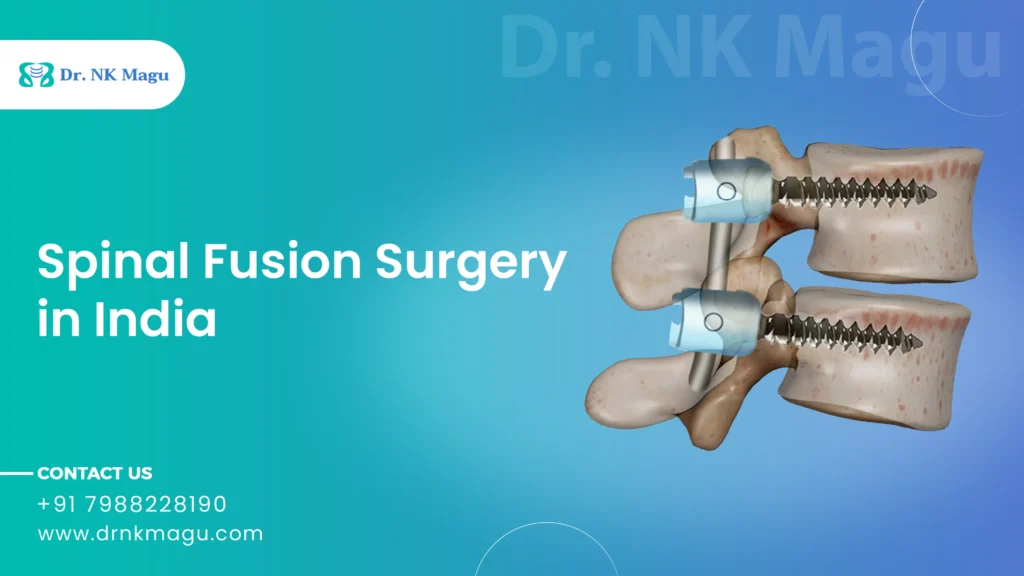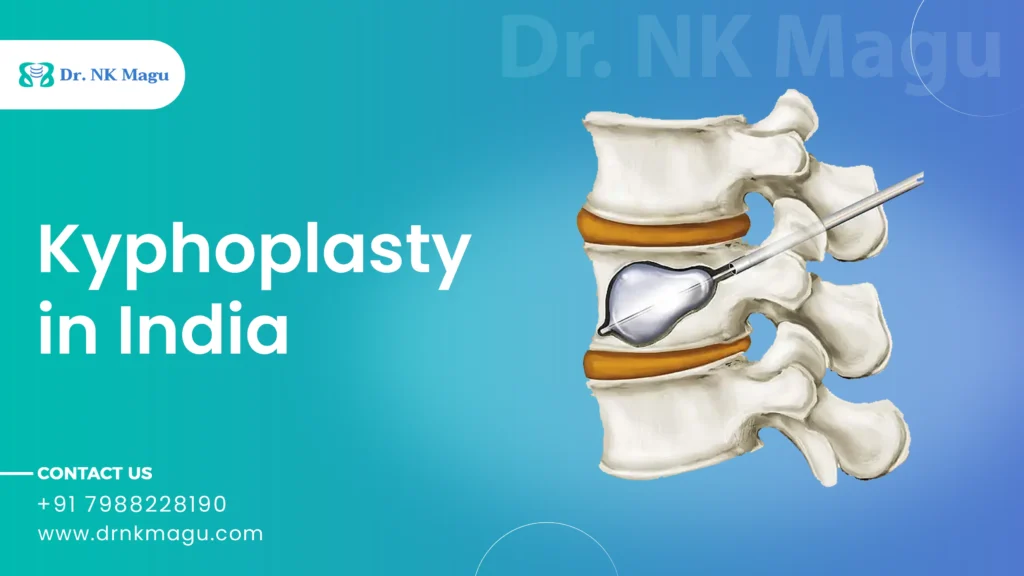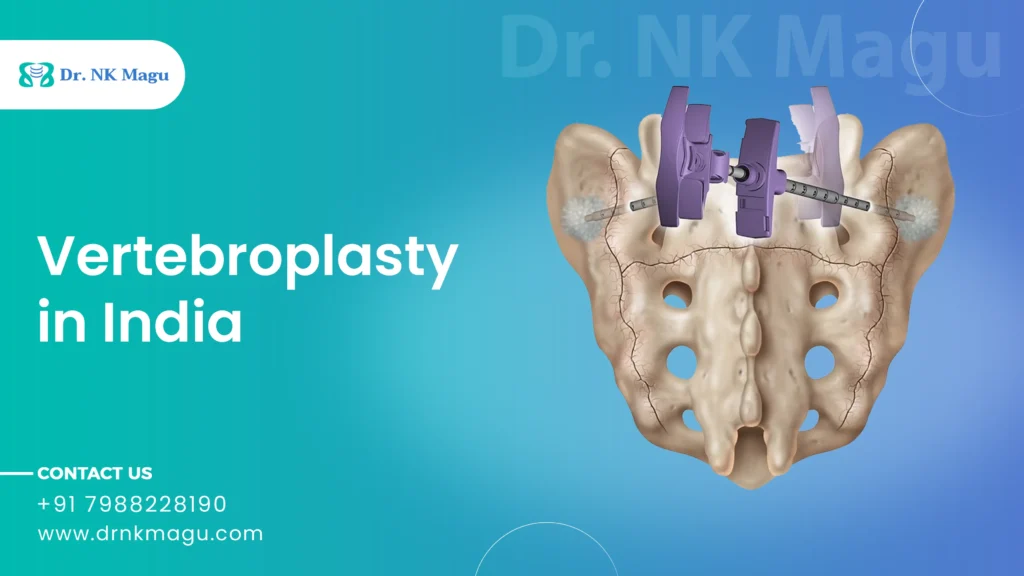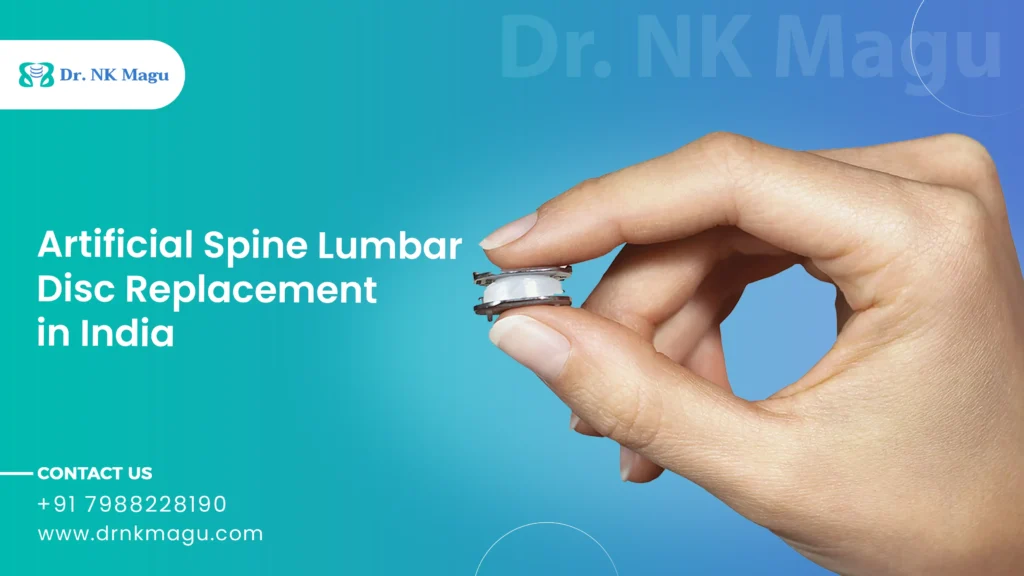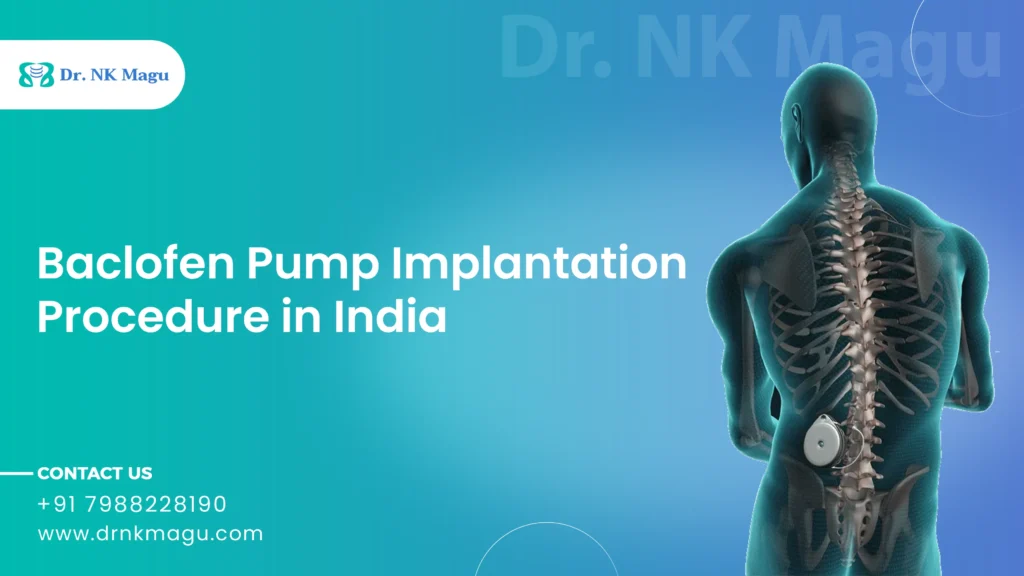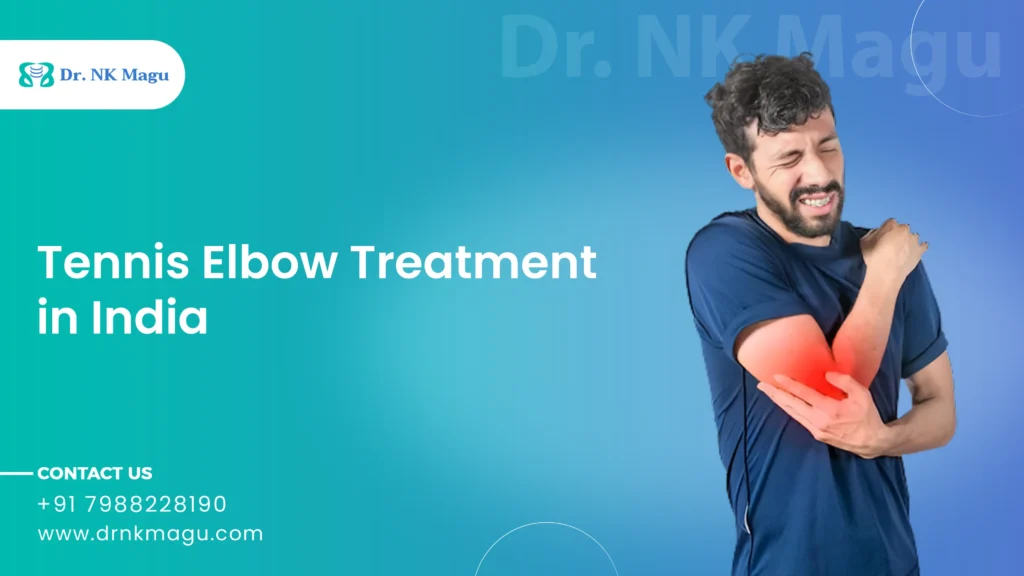A hamstring is a group of muscles in the back and thigh of an individual that enables the knee of a person to bend or flex. They include the semimembranosus, semitendinosus, and biceps femoris muscles. Hamstring muscles begin in the pelvis and extend down the femur; they pass behind the knee and insert into the fibula and tibia bones.
The hamstring muscle also passes across the hip joint and plays an important role in the movements of the hips in the forward direction. In the area near the knee joint, the muscle fibers of the hamstring turn into connective tissue called tendon fibers which insert into the bone. The muscles situated in the front of the thigh which are extending the knee, the quadriceps muscles, are opposed to the hamstrings. Specifically, the quadriceps and hamstrings are particularly effective in regulating and providing support to the knee joint. It thus allows for running, walking, squatting, and jumping.
A hamstring injury can be severe and they are widely experienced in the field of athletics. They mainly affect skaters, runners, soccer, football, basketball, and any other players. The symptoms of hamstring injuries appear when one or more of the above three muscles are strained or experienced a tear. This may be as a result of jumping often or coming to a halt abruptly since these are the various ways you may be forced to stretch your hamstring.
What Are the Different Categories of Hamstring Injuries?
Hamstring injuries are generally categorized into three grades, from I to III, based on their severity.
Grade I: This represents a mild strain characterized by slight tearing, often described as a pulled or cramping sensation in the muscle.
Grade II: This indicates a moderate strain involving partial tearing, which may produce a stinging or burning feeling in the posterior thigh.
Grade III: This denotes a severe and complete tear of the muscle, potentially leading to a noticeable “lump” at the back of the thigh where the muscle has ruptured.
How Hamstring Pain Is Caused?
Hamstring strain most often occurs when muscles are overstretched, say when you are jogging and your leg is fully flexed, knee behind your toes just before heel strike. When you step on the ground and start placing all your body weight on your foot, the muscles become overstretched and the muscle fibers can be pulled apart.
Some of the activities that can cause strain on the hamstrings include track and field, soccer, football, lacrosse, basketball, and dancing especially when the involved does a lot of running or jumping. It is also bad news for teenagers who are in their growth stage as they are likely to get such kinds of injuries. Since it makes leg bones grow at a much faster rate than muscles do, this causes muscles to become tight and makes muscles less flexible.
Hamstring Treatment Cost in India
Hamstring Treatment Cost in India typically falls between INR 25000 to INR 1,50,000 (300 USD to 1800 USD). Nevertheless, this cost may fluctuate based on several factors, including:
- Hospital: The facility where the procedure is conducted can influence the overall cost.
- Location: The geographical area in which the surgery takes place can impact the pricing.
- Surgeon’s expertise: The qualifications and experience of the surgeon may affect the fee.
- Patient’s health status: The individual health condition of the patient can play a role in determining the price.
- Treatment methodology: The particular treatment strategy adopted by the physician can also influence the overall expense.
Hamstring Treatment Cost in India vs. Other Countries
| Countries | Starting Price |
| India | 300 USD |
| UAE | 1200 USD |
| USA | 7000 USD |
| UK | 7500 USD |
It is important to note that the overall cost of Hamstring Treatment in India will be determined by considering all relevant factors that may impact the treatment. Furthermore, the aforementioned price pertains solely to the procedure itself.
How Is It Diagnosed?
The assessment of hamstring injuries begins with a comprehensive review of your medical history and the circumstances surrounding the injury. Your therapist may inquire about the following:
- Whether you have experienced a similar injury in the past
- The activity you were engaged in when you first experienced the pain
- The specific location of the pain and whether you felt a “pop”
- Any swelling or bruising observed within the first 24 hours post-injury
- Your immediate capabilities following the injury, as well as your functional status since then (such as walking, sleeping, or lifting your leg).
Additionally, your physical therapist will conduct a clinical assessment, which may include the following observations and tests to ascertain the specifics of your injury:
- Observation: To identify any discoloration or bruising present
- Pain assessment: To evaluate your current pain level and the activities that alleviate or exacerbate it
- Palpation: To locate and assess the size of the tender area through touch, aiding in determining the injury’s severity
- Range of motion evaluation: To compare the mobility of your injured leg with that of your uninjured leg
- Muscle strength testing: To assess the strength of the hamstring muscles during knee and hip flexion and extension
- Gait analysis: To observe any limping or discomfort while walking.
Should your physical therapist have concerns regarding a serious injury, you will probably be referred to an orthopedic specialist for medical diagnostic imaging, such as x-rays and MRIs, to assess the severity of the injury. If a fracture of the ischial tuberosity (commonly known as the sit-bone) or a complete muscle rupture is identified, surgical intervention may be advised.
How Is Hamstring Injury Treated?
The management of hamstring strains is contingent upon the specific nature of the injury, its intensity, and your requirements and expectations. The primary objective of any treatment whether nonsurgical or surgical is to facilitate your return to the activities you cherish. Adhering to your physician’s treatment regimen will expedite the restoration of your capabilities and assist in averting future complications.
Nonsurgical Treatment:
The majority of hamstring strains respond favorably to straightforward, nonsurgical interventions.
- RICE: The RICE method is beneficial for most injuries associated with sports. RICE is an acronym for Rest, Ice, Compression, and Elevation.
- Rest: It is advisable to refrain from the activity that led to the strain. Your physician may suggest the use of crutches to alleviate weight-bearing on your leg.
- Ice: Apply cold packs for 20 minutes at a time, multiple times throughout the day. Ensure that ice is not placed directly on the skin.
- Compression: To mitigate further swelling and blood loss, utilize an elastic compression bandage.
- Elevation: To diminish swelling, lie down and elevate your leg above the level of your heart while resting.
Immobilization:
Your physician may advise the use of a knee splint for a short duration. This device will maintain your leg in a neutral alignment, facilitating the healing process.
Physical therapy:
Following the reduction of initial pain and swelling, physical therapy can commence. Targeted exercises will aid in restoring both range of motion and strength.
The therapy regimen will initially concentrate on enhancing flexibility. Gentle stretching exercises will contribute to improving your range of motion. As recovery advances, strengthening exercises will be progressively incorporated into your regimen. Your physician will inform you when it is appropriate to resume sports activities.
Surgical Treatment:
Surgical intervention is primarily indicated for tendon avulsion injuries, where the tendon has completely detached from the bone. Proximal tendon avulsions, originating from the pelvis, are more frequently encountered than distal tendon avulsions, which occur at the shinbone. Surgery is rarely indicated for tears occurring within the muscle belly.
- Procedure: To address a tendon avulsion, the surgeon must reposition the hamstring tendon and excise any scar tissue present. Subsequently, the tendon is reattached to the bone utilizing small devices known as anchors.
Also Read:- Top 10 Orthopedic Surgeons in Delhi
Rehabilitation:
Post-surgery, it is essential to avoid putting weight on your leg to safeguard the repair. In addition to using crutches, a brace may be necessary to maintain the hamstring in a relaxed state. The duration for which these aids are required will vary based on the specific nature of your injury. Your physical therapy program will initiate with gentle stretching to enhance flexibility and range of motion. Strengthening exercises will be gradually introduced into your rehabilitation plan.
Rehabilitation following a proximal hamstring reattachment generally spans at least six months, given the injury’s severity. In contrast, distal hamstring reattachments typically necessitate around three months of rehabilitation before returning to athletic endeavors. Your physician will advise you on the appropriate time to resume sports activities.
Recovery
The majority of individuals who sustain hamstring injuries can achieve complete recovery by adhering to a structured rehabilitation program. Prompt intervention that incorporates the RICE protocol along with physical therapy has been demonstrated to enhance functional outcomes and facilitate a faster return to athletic activities.
To mitigate the risk of re-injuring your hamstring, it is essential to comply with your physician’s prescribed treatment regimen. Engage in sports activities solely after receiving clearance from your doctor. Reinjury of the hamstring heightens the likelihood of enduring damage, potentially leading to a chronic condition.
Also Read:- Limb Lengthening Surgery Cost in India


